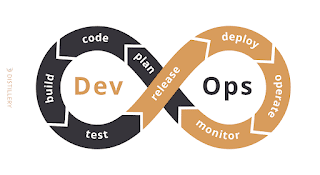COMPILER DESIGN
COMPILER DESIGN
Compiler design is a field of computer science that focuses on the creation and optimization of compilers, which are software programs responsible for translating high-level programming languages into machine-readable code. Compilers play a critical role in the software development process, enabling programmers to write code in a high-level language and converting it into executable code that can be run on a computer.
Here are some key aspects of compiler design:
1. Lexical Analysis:
The first phase of compiler design is lexical analysis, also known as scanning. It involves breaking the source code into meaningful tokens, such as keywords, identifiers, operators, and literals. This step eliminates whitespace and comments and prepares the code for further processing.
2. Syntax Analysis:
The next phase is syntax analysis or parsing. It checks the syntax of the code by constructing a parse tree or abstract syntax tree (AST) based on a specified grammar. This phase ensures that the code adheres to the rules of the programming language.
3. Semantic Analysis:
After syntax analysis, semantic analysis is performed to check the correctness and meaning of the code. It verifies that the code is semantically valid, including type checking, detecting undeclared variables, and resolving variable scope.
4. Intermediate Code Generation:
Once the code is validated, the compiler generates an intermediate representation of the code. This intermediate code is independent of the target machine and serves as a bridge between the high-level language and the machine code generation phase.
5. Optimization:
Compiler optimization aims to improve the efficiency and performance of the generated code. It includes techniques such as constant folding, loop optimization, code motion, and dead code elimination. These optimizations can enhance the speed and size of the resulting executable code.
6. Code Generation:
In the code generation phase, the compiler translates the intermediate code into the target machine language. This involves mapping high-level language constructs to low-level instructions or bytecode that the target machine can execute.
7. Symbol Table Management:
Compiler design involves managing symbol tables, which store information about identifiers, such as variables and functions, used in the source code. Symbol table management ensures proper scoping, type checking, and resolution of identifiers.
8. Error Handling:
Compilers need to handle various types of errors, such as syntax errors, semantic errors, and type mismatch errors. Effective error handling includes providing meaningful error messages and locations to aid developers in debugging.
9. Debugging and Profiling Support:
Compilers often provide features for debugging and profiling code. They may include options for generating debug symbols, stack traces, and profiling information to help identify and optimize performance bottlenecks in the code.
10. Target Architectures:
Compilers are designed to support specific target architectures, such as x86, ARM, or MIPS. They generate machine code that is optimized for the target platform, considering its instruction set and memory model.
Compiler design is a complex and multidisciplinary field that requires a deep understanding of programming languages, algorithms, data structures, and computer architecture. Efficient and well-designed compilers play a vital role in enabling the development of high-performance software systems and facilitating the execution of programs across different platforms.




Comments
Post a Comment